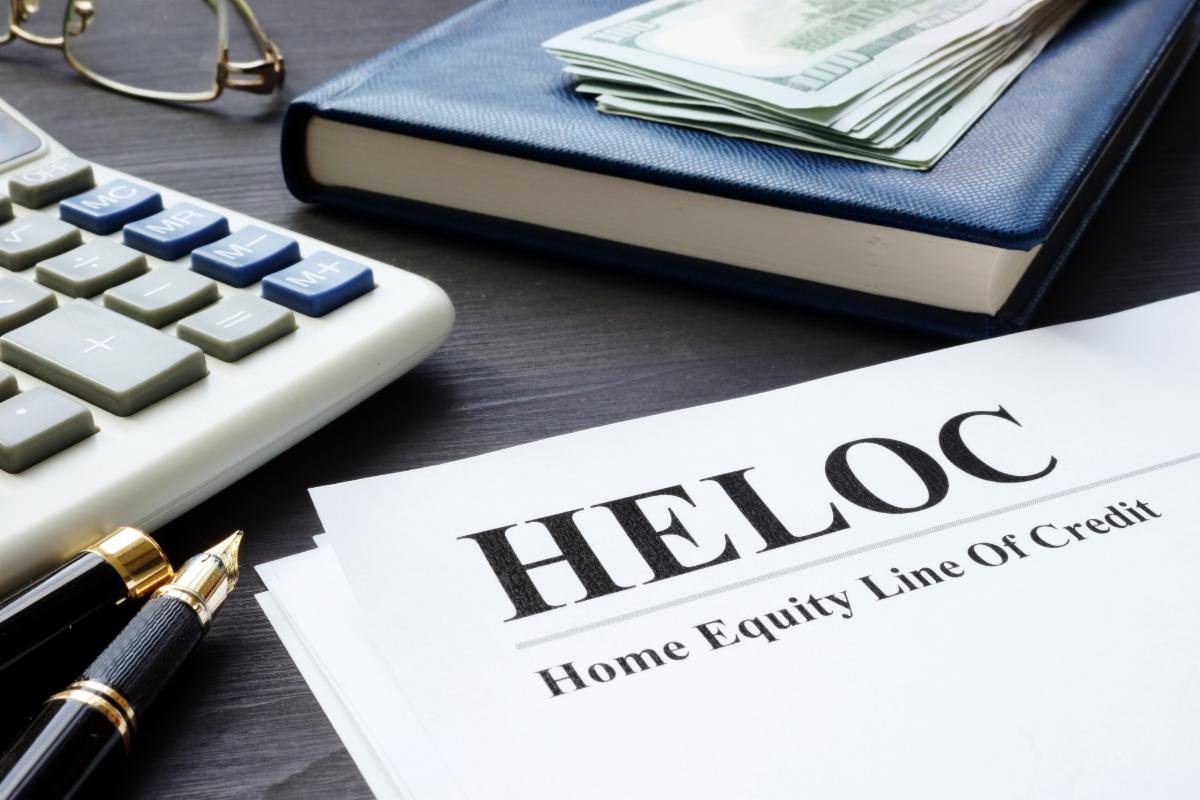Over the past few months, we’ve covered a lot about Home Equity Lines of Credit, or HELOCs. As such, I thought it would be useful to provide a bit of a recap before we dive into our next topic.
In case you don’t remember, a Home Equity Line of Credit refers to a flexible loan option that allows you to borrow against your home’s equity while using your home as collateral. It’s a revolving line of credit with a variable rate (with a 4% floor, following prime rate). HELOCs typically have a 10-year draw period at which point you can borrow from a limit of funds set by the lender, carry a monthly balance, and make minimum payments with only interest payments being required. A (usually 20-year) repayment period follows the draw period, in which you need to make payments towards both principal and interest.
In order to get a HELOC, you need to begin by assessing your home’s equity by subtracting your remaining mortgage balance from its current market value (verified by a third-party evaluation). Then, research lenders and what they offer in terms, interest rates, and fees to find the best option for what you need. After that’s done, apply for a HELOC with your preferred lender – acceptance requirements typically entail having a good credit score, a low debt-to-income ratio, reliable payment history, sufficient income, and at least 15% to 20% equity in the home.
We’ve covered the utility of a HELOC pretty extensively – you’ve read that a HELOC can be used to get home improvements done, help fund your retirement, and even be put towards your kid’s college expenses. Did you know that there are even more ways a HELOC can be used? Having a HELOC is like having a credit card with the limit based on your home’s value, so they can be used in many different ways. Mia Taylor writes that HELOCs can be used to:
- Cover emergency expenses
- Cover business expenses
- Consolidate debt
- Make a real estate down payment
- Take a vacation
- Generally strengthen your credit
Because your home is on the line, you will want to be certain that you can repay the borrowed funds, be prepared to budget and manage your finances to meet the repayment requirements, and to make use of the funds with care and responsibility. Be aware of your limits and how you can use them with a degree of safety, as every potential use case comes with a condition. Taylor provides a few examples:
- If you’re using a HELOC to make a real estate down payment, be aware that you will have to repay the remaining HELOC balance immediately after selling your current home with the HELOC
- If you’re using a HELOC to cover business expenses, understand that unexpected financial troubles or failures in your business might lead to conditions that cause difficulty to make repayments consistently, putting you at risk
- If you’re using a HELOC to pay off or consolidate your debt, be sure that you have your spending habits in order so that you don’t drive yourself into further unhealthy debt
With all that being said, a HELOC’s low interest rate, high flexibility and accessibility, tax deductibility, and typical lack of prepayment penalties make them a highly advantageous option, provided that you understand their benefits, their risks, and how you can afford to use them. Before moving forward with an application, consult with a financial advisor and a tax professional to assess whether a HELOC is right for you and which lenders provide the most beneficial option for your situation. If you get approved for one, keep in contact with your advisors and your lender to best understand how you can maximize the utility of your HELOC while maintaining the ability to make repayment requirements in the short and long term.
Taylor, Mia (4 May, 2023). “Best uses for a home equity line of credit (HELOC)” [Article]. Bankrate. https://www.bankrate.com/home-equity/best-uses-for-a-home-equity-line-of-credit-heloc/ [Accessed October 17, 2023]



